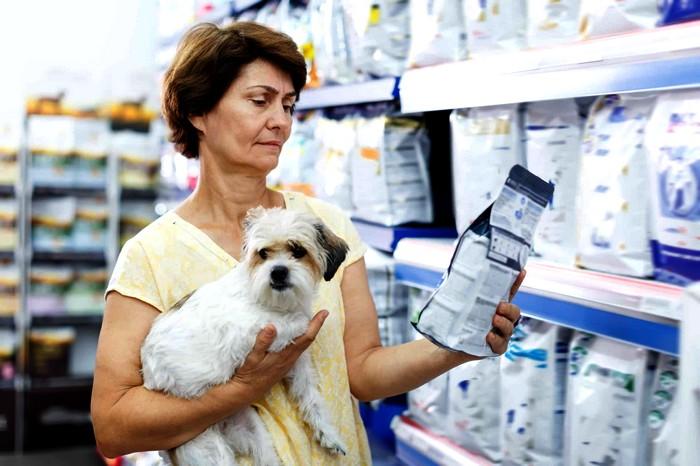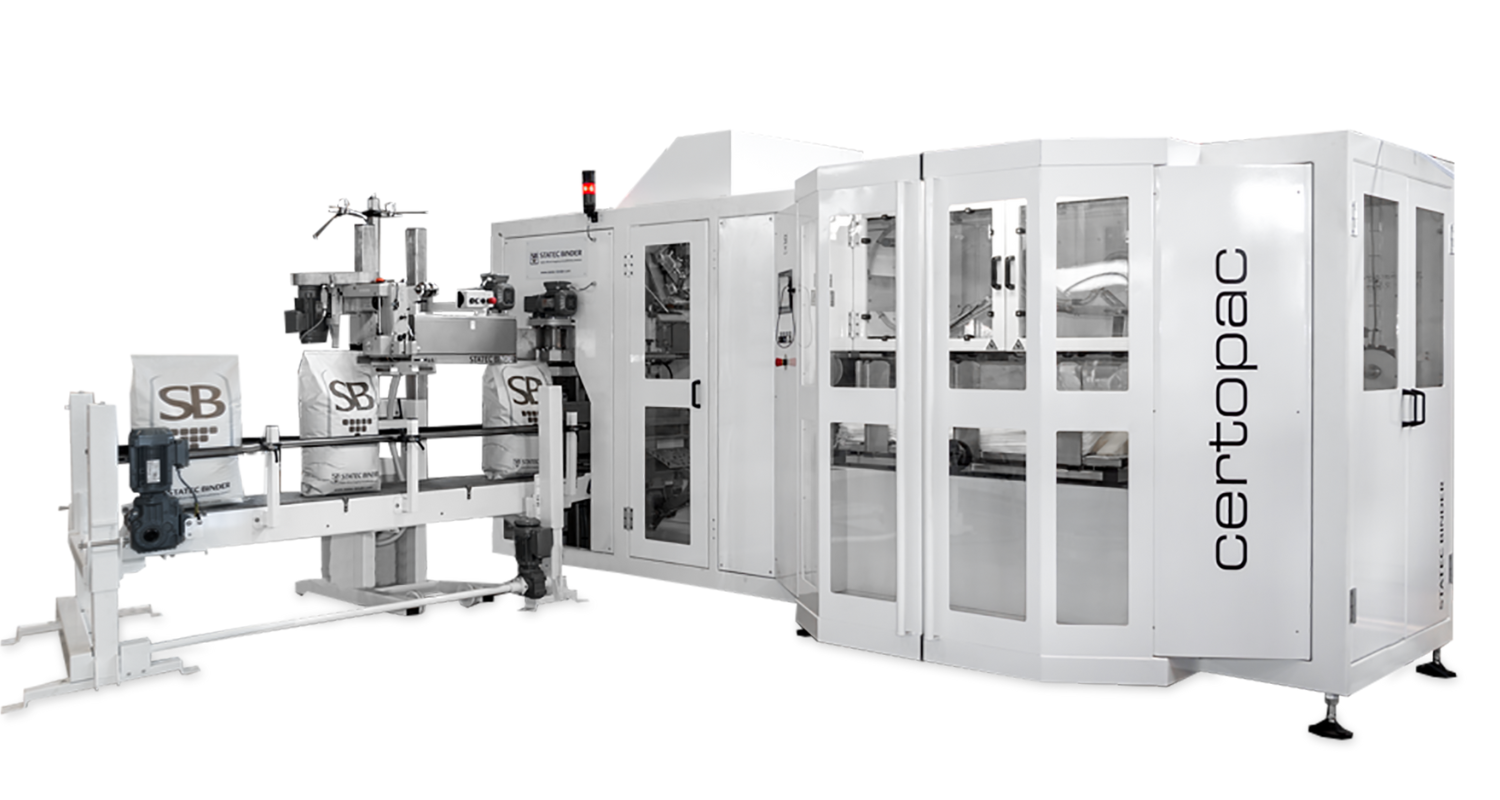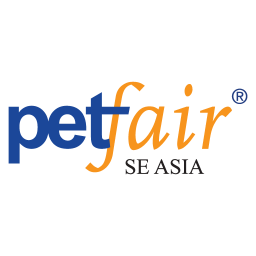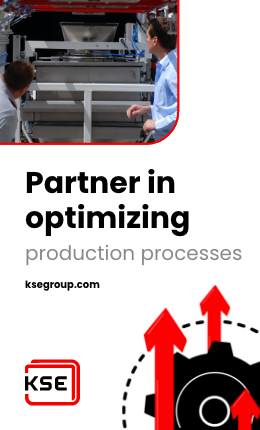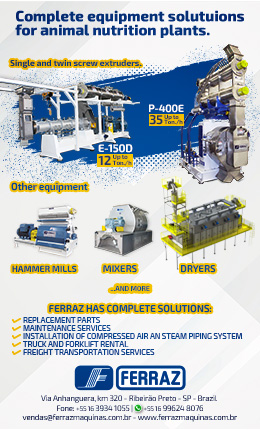Pet food labels are full of information related to the product's nutrition, ingredients, the life stage of the pet it's formulated for, and more.
In fact, a pet food label is regulated under both state and federal law, and some of this information helps regulators as they review label claims and register products at the state level. However, there are still plenty of details that pet owners can review as they determine what food to provide for their cat or dog. But what does all of this information mean and how can it help inform shoppers?
Let's break it down:
Complete and Balanced
Complete and Balanced pet food includes the more than 40 nutrients identified by veterinary researchers as essential to pet health. The Association of American Feed Control Officials (AAFCO) sets standards for the levels of nutrients that need to be in pet food and how it is shown on the label. A pet food labeled as 'complete and balanced' means that it provides those nutrients at the proper levels.
Life Stage
Pet food may be formulated for different Life Stages, from puppies and kittens, who need additional energy to help fuel their development, to adult cats and dogs, and all life stages.
As previously mentioned, 'complete and balanced' means total nutrition for a specific life stage. The nutritional needs of a growing puppy or kitten are different than the needs of a pregnant, or adult dog or cat. For example, the nutrient profiles for puppies and kittens include a higher protein and fat minimum. Look for the intended life stage on the package, which can typically be found on the front of the package or in the Nutritional Adequacy Statement.
Many foods are labeled for 'All Life Stages' which means it meets all of the nutrient requirements for both growth & reproduction and adult maintenance as listed in the AAFCO Nutrient Profiles.
Nutritional Adequacy Statement
Pet food labels will have a Nutritional Adequacy Statement, also called a 'nutrition claim.' This verifies whether a pet food is formulated to provide complete and balanced nutrition (as defined by AAFCO), if so, for what life stage, and how that determination was made. This claim can be reviewed by the state regulators who register a pet food product in their state.
It's important to note that some pet food products, such as types of food toppers and mix-in products, may not be necessary to maintain pet health, nor are they meant to replace a pet food providing complete and balanced nutrition. Regardless, these types of foods must meet FDA requirements for safety and their label will also include a statement that it's intended to supplement a diet.
Guaranteed Analysis
The Guaranteed Analysis (GA) reflects the minimum or maximum amounts of certain nutrients. The GA provides product information to regulators who review each label for compliance with nutrient requirements and voluntary label claims. The GA also provides information that can help inform consumers on the levels of at least four nutrients: protein, fat, fiber and moisture.
Additional nutrients must be included in the GA if a product label makes a claim that mentions a specific nutrient, such as calcium for strong teeth and bones. Remember, when comparing dry vs. wet pet food labels, the Guaranteed Analysis may look quite different due to the food's moisture content. Learn more about Guaranteed Analysis here, including how it's calculated.
Ingredients and Other Options
Pet food makers choose from a range of ingredients when formulating a recipe with the nutrition listed above. Ingredients may be used for their nutritional content, digestibility, tastiness to the pet, and many other considerations. All ingredients used must be listed on the product label, including special vitamins or minerals, and listed using technical names as defined by regulators. For example, shoppers may see 'chemical sounding' names such as Thiamine mononitrate or Pyridoxine hydrochloride, which are commonly known as Vitamins B1 and B6.
Pet owners have a variety of options available to them, such as dry, wet, organic, limited ingredient, and more! Click through to read more as we help explain some of these options.
by Pet Food Institute
You could be interested: Reliable packaging & palletizing of bulk materials with STATEC BINDER machines










